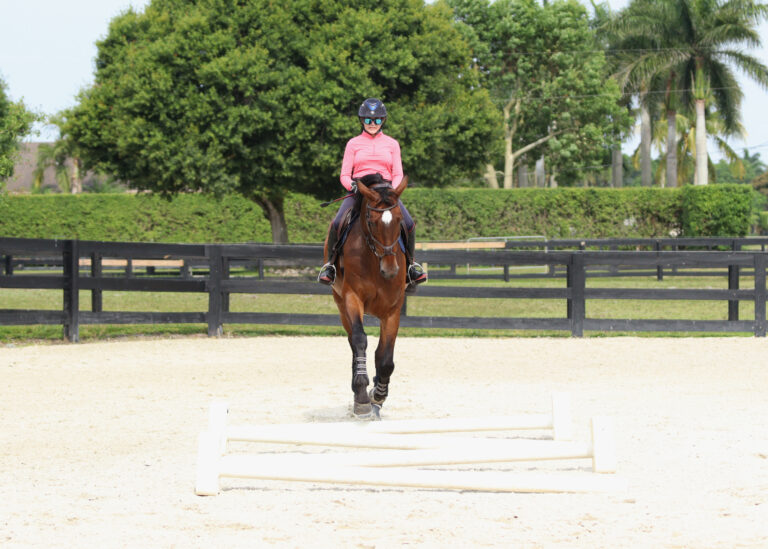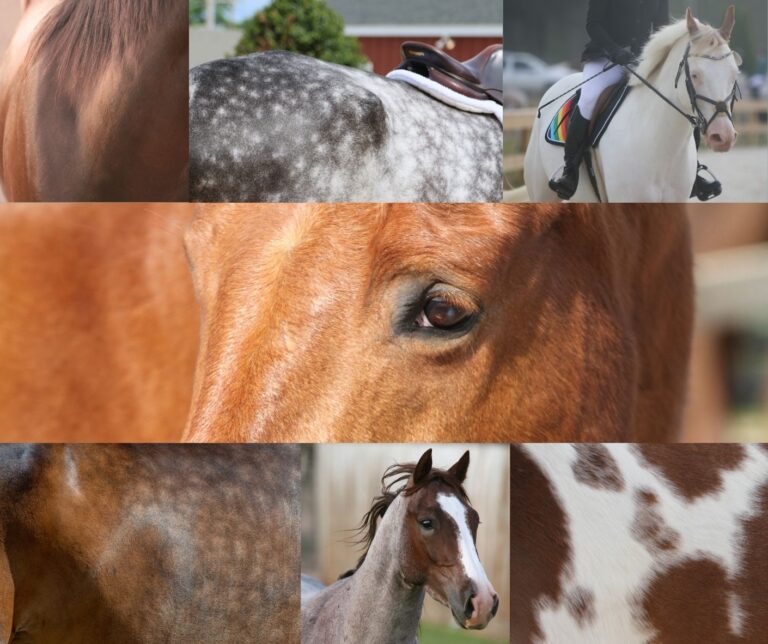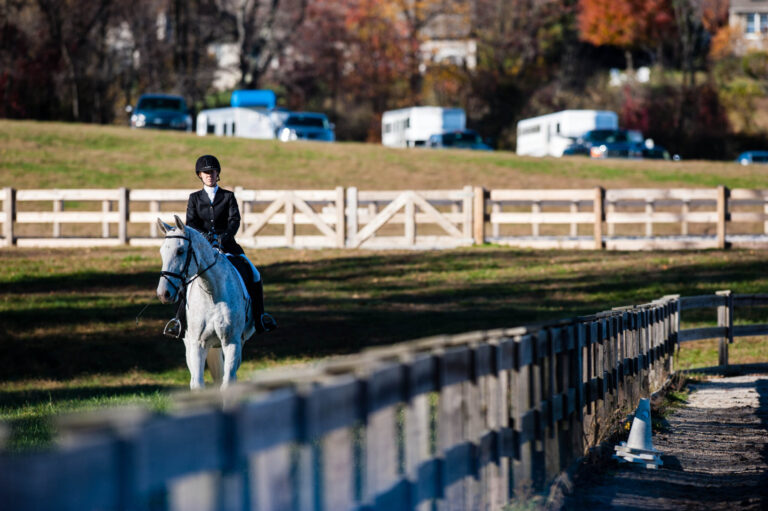When I first started riding as a kid in the steamy Texas summers, I vividly remember getting instruction NOT to let our horses drink when they were still hot and sweaty after a lesson due to the risk of colic, founder or tying up. But after decades of riding at different barns and varying climates, I discovered other trains of thought on this hot-weather drinking conundrum.
After working on an article earlier this summer about the importance of rider hydration and why equestrians are at greater risk for dehydration than other athletes, it reminded me that horses don’t plan their days like we do. They don’t know to “hydrate today for tomorrow,” or think to grab a big drink before your lesson because it’s a hot, humid day.
So, we consulted an expert to determine if there’s any truth about the potential dangers of offering a hot horse water, or if this idea truly is a common fiction.
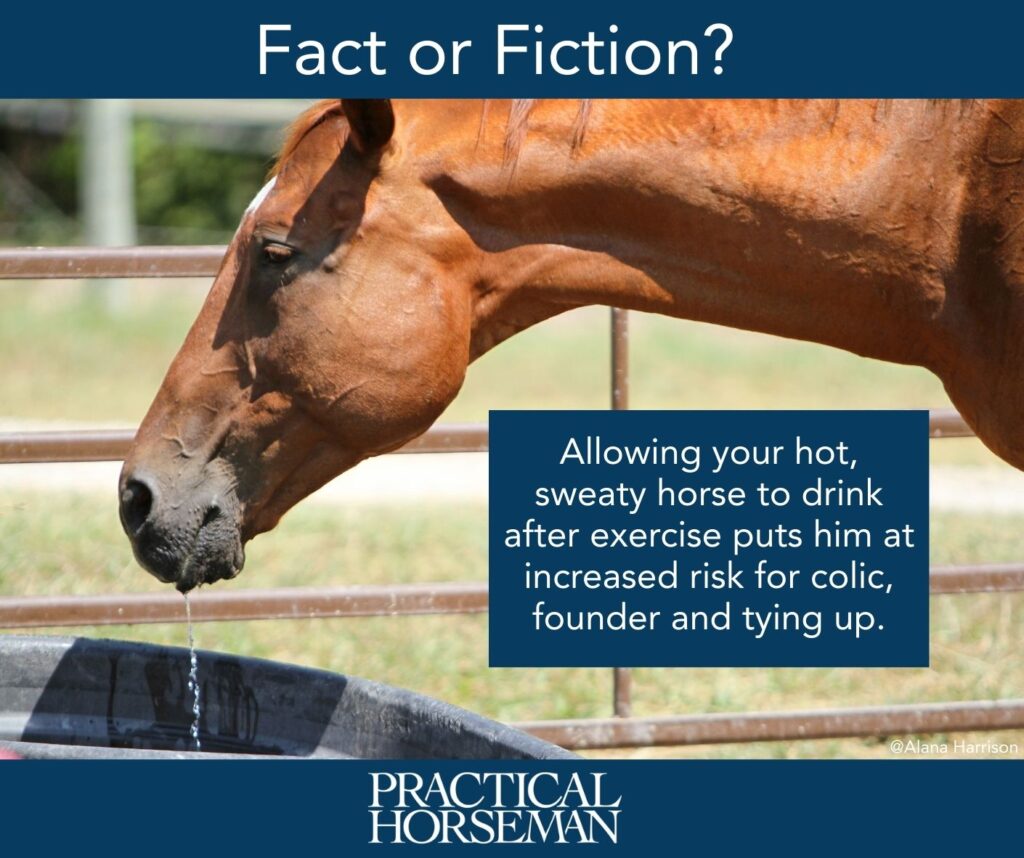
“The notion that a hot, recently exercised horse needs to cool down before drinking water is indeed a myth—unfortunately, one of many about horses and colic,” Anthony Blikslager, DVM, PhD, DACVS, of North Carolina State University, said. “It is absolutely best to rehydrate sweaty, hardworking horses without delay, but the key is to know how much water to allow at one time.”
The Equine Stomach
A horse’s stomach is relatively small compared to the size of his body, holding about 2 to 3 gallons of water, and once full, it must empty before taking in any more fluid. When a horse is worked hard, his stomach and intestines temporarily shut down while blood flow is shifted to the heart and lungs, Blikslager explains. Similar to long-distance runners who often have difficulty keeping food or water down immediately after a run, the same may be true for horses. While horses can’t vomit, of course, it can be helpful to allow their stomachs to empty after an initial drink following exercises.
“Instead of allowing your horse to drink his fill after right after working, it’s better to offer small amounts every 20 minutes,” he said. “By small amounts, I mean up to half a gallon. Then, wait until the water has a chance to move out of the stomach to offer more.”
Mind His Sweat
Blikslager notes that it’s also important to be aware of how much a working horse sweats to determine how much water he’ll need to recover. Due to their body mass and the dangerous temperatures that can be reached during hard work, it’s critical that horses release built-up heat as they exercise. “Fortunately, horses are highly efficient at cooling themselves with sweat,” he said.
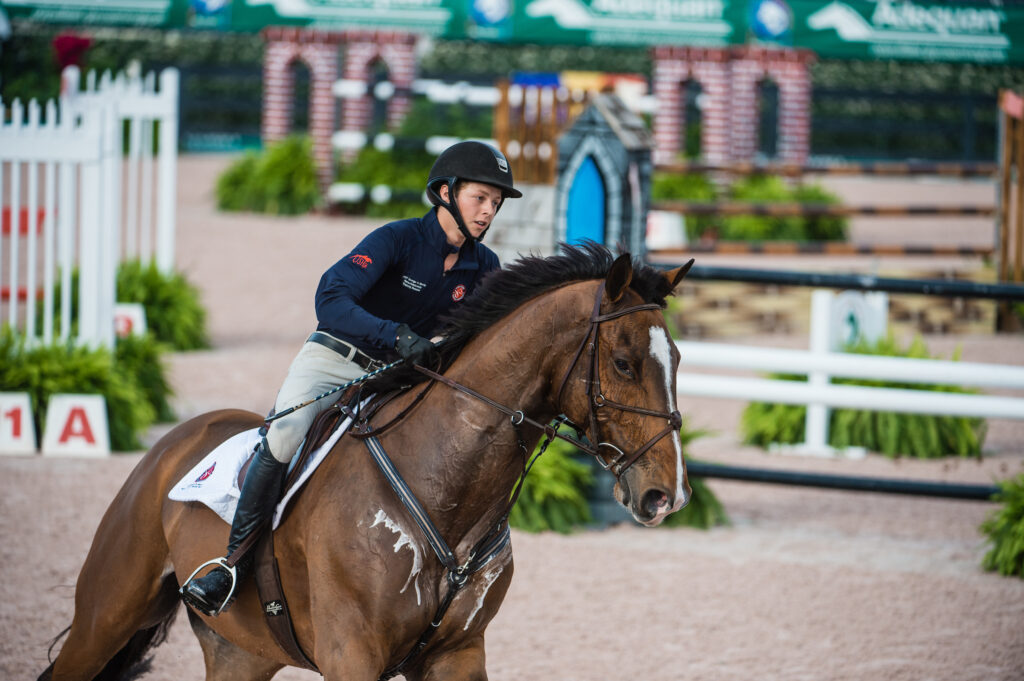
A horse can lose up to 10 percent of his body weight through sweating if worked all day and not given water. That equals approximately 12 gallons of water plus electrolytes. “This is why it’s crucial to provide water at every available opportunity,” Blikslager explained. “Water can be given with an electrolyte supplement made for horses, and it can be either warm or cool, although warmer water may be less of a shock to the system.”
Interesting Equine Adaptation to Desert Climates
As an interesting side note, Blikslager says there are horses who live and work in desert conditions in North Africa and other parts of the world who have adapted to the hot, dry climates where water is infrequently available. They store water in their large colons, and as they exercise the colon gradually dries out, he explains. When water is available, they take in the equivalent of two to three buckets (about 6 gallons) at one time without showing signs of colic.
“However, because we have control of our working horses’ consumption, a slower reintroduction of water is good common sense,” Blikslager said. “While it makes no sense to hold them off it.”
For More:
- Read more about managing your horse’s water intake here.
- When the temps skyrocket, treat your horse to his version of a popsicle with this super-easy recipe that also encourages hydration.
- Click here to learn why riders are at greater risk for dehydration and heat illness than other athletes and how you can properly hydrate to boost your performance.





